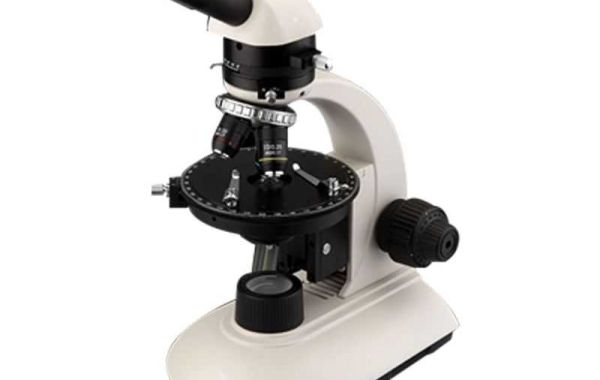Polarizing microscopes allow scientists to look at a wide variety of objects and events. By becoming aware of its applications, you may appreciate the potential of polarizing microscopy and how it may be used to improve our comprehension of the world around us. Polarizing microscopes have a wide range of applications, such as:
Biology
- Studying the structure of cells and tissues: Using polarizing microscopes, one can examine the composition of tissues and cells. Biologists who study pathology, histology, and cell biology will find this beneficial.
- Identifying and diagnosing diseases: Conditions like malaria and amyloidosis can be identified and diagnosed with the use of polarizing microscopes. Pathologists and other medical professionals will find this beneficial.
Materials science
- Studying the microstructure of materials: Polymers, metals, and ceramics can all have their microstructure studied with polarizing microscopes. Engineers creating goods and materials scientists creating novel materials can both benefit from this.
- Identifying and diagnosing defects in materials: Cracks and inclusions in materials can be detected and diagnosed with polarizing microscopes. Quality control engineers and other professionals who have to guarantee the safety and quality of materials will find this beneficial.
Other applications
- Conservation of art: The structure and composition of artworks can be studied with polarizing microscopes. This is beneficial for individuals who collaborate with art conservators to preserve and restore artwork.
- Forensic science: Using polarizing microscopes, evidence such as fibers and paint chips can be discovered and analyzed. This will be useful to forensic scientists who work on criminal cases.
Polarizing microscopes are a versatile tool with a wide range of uses. They are essential for scientists and researchers who need to look into the optical properties of materials.








